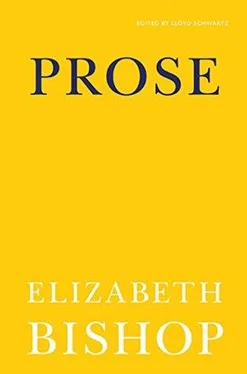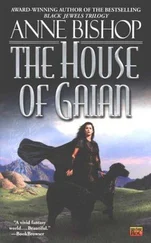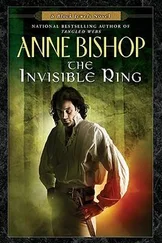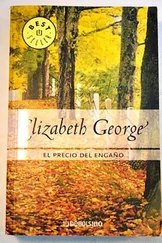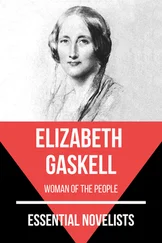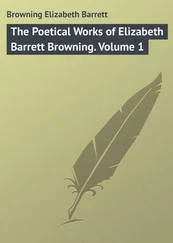The mountain, in the present State of Bahia, still bears the same name. The King changed Vera Cruz to Santa Cruz, the official name until the middle of the century, when, over ecclesiastical protests, it became Brazil. But on the first maps it is either “Brazil” or the “Land of Parrots.” Along with dye-wood, macaws were sent back to Europe, and their brilliant colors, large size, and loud shrieks obviously made a deep impression. (In 1531 a French ship took back three thousand leopard-skins, three hundred monkeys, and “six hundred parrots that already knew a few words of French.”) On a mapus mundi published the year after Cabral’s voyage the coastline of Brazil is not much more than a guess, but Caminha’s “groves of trees” are there, lined up as formally as in a Portugese garden, and under them sits a group of giant macaws, to give explorers some idea of what to expect.
Even if not very original in the 16th century, the first name of Vera Cruz must have seemed appropriate. Cabral was a Knight of the Order of Christ and the fleet’s sails and banners bore its red cross. The men landed to celebrate Easter Sunday with Mass, and set up a large cross. And for weeks they had all been watching the brilliant stars of the Southern Cross overhead; the fleet’s astronomer also wrote to the King, just about this useful constellation. Ever since, Brazil has felt itself to be uniquely “The Land of the Southern Cross.” It is on the flag; the nation’s highest award is the Order of the Southern Cross; the present unit of money, the cruzeiro, is named for it, — and so are thousands of bars, restaurants, bus-lines, business firms, and manufactures. And with the frequent Brazilian abruptness of transition between the spiritual and the material, the 1,000 cruzeiro note, the highest denomination of money, shows a portrait of Cabral on one side and an engraving of that first Easter Mass on the other.
(In exactly the same way, the biggest church in Rio de Janeiro, Our Lady of Candelaria, where all official religious services took place until the change of capital in 1960, sits in a square completely surrounded by the country’s richest banks, as if illustrating a thesis on the relations between Church, State, and High Finance. Or in the same way Brazilian conversation can veer from the eternal verities of Thomas Aquinas to the eternal real estate deals, and back again.)
* * *
Caminha was a good reporter; he describes the Indians’ looks and behaviour, their food and houses, the brand-new wild life. He grows almost lyrical, as all the early voyagers did, over these first few idyllic honeymoon days, — in the amazing century when countries and continents intermarried and new countries were conceived. In his unscientific way, he was also the first of a long line of naturalists and ethnologists, some of the world’s greatest, that has since been fascinated by South America and Brazil.
The Indians were friendly and docile, too docile for their own good, as was to be proved. Presents were exchanged, one of which was grimly prophetic: they gave the Portuguese head-dresses of their exquisite feather-work, and in return the Portuguese gave them one of the red woolen stocking caps worn by laborers. They attended the Easter Mass and mimicked the white men, kneeling, crossing themselves, and singing a hymn of their own. Afterwards, the Portuguese hung “tin crucifixes” that they had thriftily “saved from another voyage,” around their necks.
The Portuguese were mercifully lacking in the bloodthirsty missionary zeal of the Spaniards. However, perhaps because he felt it was expected of him, or had some dim inklings of Manifest Destiny, Caminha wrote: “Our Lord gave them fine bodies and good faces, as to good men, and He who brought us here I believe did not do so without purpose.” There is even a hint of envy, perhaps the earliest trace of the romantic, Noble-Savage, Indianismo that later colored the Brazilian imagination so strongly. The Indians were “clean and fat and beautiful,” and they appeared to be healthier and stronger than the Portuguese themselves. As for the women: “she was so well-built and so rounded and her lack of shame was so charming, that many women of our land seeing her attractions, would be ashamed that theirs were not like hers.” The Portuguese had always been romantically drawn to women of darker races; they had long taken Moorish wives and Negro concubines (there were already […] Negro slaves in Portugal). In Brazil it was only natural for them to become eager miscegenationists almost immediately.
Caminha concludes by saying that they had seen no gold, nor silver, nor any metal at all, but “the interior appears very large. Its waters are quite endless. So pleasing is it that if one cares to cultivate it, everything will grow.” Se plantando, dar. This phrase is now a familiar saying, but it has changed its meaning, from a promise to a reproach to someone who is neglecting obvious opportunities. Surely that simple reversal of meaning reveals a great deal about the long history of the undeveloped resources and possibilities of Brazil since the year 1500.
* * *
Cabral left behind two convicts, who were last seen bewailing their fate while the Indians tried to console them. The condemned men were supposed to learn the Indians’ language and to convert them to the True Faith. This was the usual Portuguese practice and no one knows how many hundreds of these wretched men were dropped along the coast. Most vanished forever, but here and there one survived and became a “great chief,” took many Indian wives and produced many children. The caboclo (half-Indian, half-Portuguese) daughters would be ready to marry the next generation of Portuguese adventurers that arrived, and in this way a solid foundation was laid for a mixed, and easily mixable, race. Early Brazilian history has several half-legendary convict-heroes. In fact, its personalities are an oddly assorted crew: condemned convicts, devout Jesuit missionaries (Loyola was just starting his great work), and Portuguese noblemen, usually younger sons, who became the capitães-mores, the “great captains.”
But no gold had been found; there were no cities to ransack such as the Spaniards had found on the western coasts of the continent, and for a quarter of a century more Brazil was left almost untouched.
* * *
Two things that everyone knows about Brazil are that it is the same size as the United States (now that Alaska is a state), and that the seasons there are the reverse of ours. It is big, stretching from north of the Equator to south of the Tropic of Capricorn, and west to the foothills of the Andes, an area of 3.3 million square miles. And while it is perfectly true that livestock (including dogs and cats) imported from northern countries have a hard time of it the first few years, and swelters through the Brazilian summers (January through March) in “winter” coats, — to say that the seasons are reversed is too strong. The Equator is not that much like the bottom frame of a mirror. Caminha thought the climate “equable,” and although he really didn’t know, he was more or less right.
Brazil is tropical and sub-tropical, with few extremes of temperature. The Amazon is roughly parallel to the Equator, yet, surpringly, the average temperature at Santarém, a third of the way up the river, is only seventy-eight degrees. In the cooler south, frosts occur only rarely as far north as São Paulo. If one can generalize at all about such a vast country, the average North American would be apt to say it is all just a little too hot. Never as hot as New York City in a prolonged heat wave, or as cold as a winter in Washington, D.C. — altogether a bit lacking in variety. On the other hand, the rainfall varies entirely too much, — over eighty inches a year in the Amazon basin, and in the northeast in some places it can scarcely be measured in inches at all. The State of Ceará is so dry and the sunshine so monotonous that when the sky is overcast the Cearenses greet each other hopefully with “What a beautiful day!”
Читать дальше
